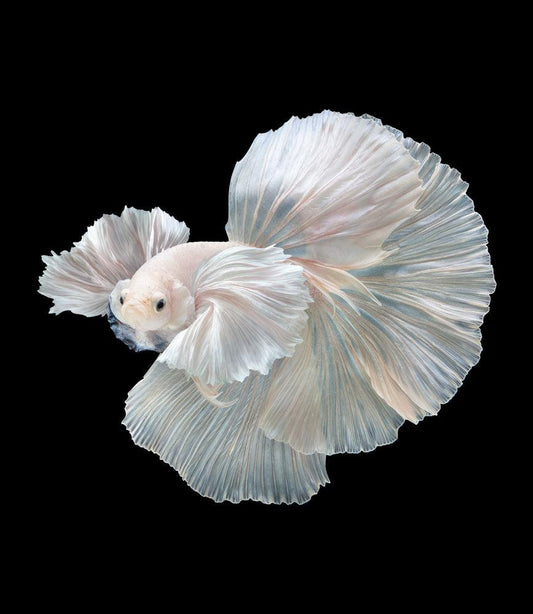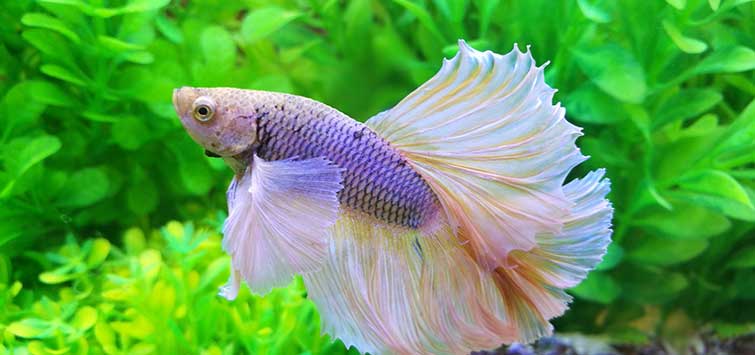Reproducing Betta Fish: a Comprehensive Step-By-Step Guide to Efficiently Raising Baby Bettas From Eggs to The Adult Years
Reproducing Betta fish is a careful venture that needs mindful preparation and implementation to make sure the successful growth of fry from eggs to mature fish. Picking genetically diverse reproduction couple with desirable characteristics is just the beginning; producing an optimal atmosphere and understanding the ins and outs of the reproducing procedure are similarly important. As the male Betta diligently constructs a bubble nest and guards the precious eggs, the subsequent phases of care and change need focus to detail and expertise of ideal practices. How does one browse the difficult yet fulfilling path of nurturing these vivid creatures to their adult years?

Selecting Breeding Pairs
When starting the journey of breeding Betta fish, picking the ideal breeding pairs is important to achieving preferable characteristics and a healthy and balanced family tree - betta fish. The very first step in this procedure is to recognize the certain attributes you desire to improve or maintain, such as shade, fin kind, and physique. It is necessary to select genetically diverse pairs to stay clear of inbreeding, which can result in health and wellness issues and undesirable features
Evaluate possible breeding prospects thoroughly. A healthy and balanced male Betta needs to display vibrant colors, an active disposition, and well-formed fins, while the lady must also display vibrant pigmentation and a rounded tummy, suggesting readiness for spawning. Observing the temperament of both fish is crucial, as aggressive or overly shy people may not breed effectively.
Maintaining documents of the moms and dad fish's origins can help you track genetic traits and potential problems. Ultimately, spending time in the selection procedure will substantially improve the likelihood of generating strong, vibrant offspring that satisfy your breeding goals.

Preparing the Breeding Container
Producing an ideal reproduction atmosphere is a crucial step after picking appropriate sets for Betta fish. The reproduction container should be especially developed to give comfort and stimulate the all-natural reproduction actions of the fish. Begin with a storage tank size of a minimum of 10 gallons to make certain adequate area for both the man and women Bettas.
Preserve a gentle filtration system to maintain the water clean while staying clear of strong currents that can worry the fish. In addition, an air stone can be included in offer oxygenation without disrupting the water surface area too a lot.
Temperature guideline is critical; goal for a secure series of 78-82 ° F(25-28 ° C) using a trustworthy heating system. The pH degree need to be maintained between 6.5 and 7.5, and normal water modifications are required to ensure high water top quality.
Integrate floating plants or generating mops to create concealing areas for the lady, while also urging bubble nest building by the man - betta fish. Lastly, guarantee the storage tank is cost-free from sharp decors and any kind of prospective threats, as the welfare of the fish must always be focused on throughout this critical phase of breeding.
The Reproduction Process
Commonly, the reproducing process for Betta fish entails a collection of distinct and evident habits that suggest preparedness for reproduction. The male Betta starts by building a bubble nest at the water's surface area, which works as a site for the fertilized eggs. This nest is essential, as it gives a safe atmosphere for the eggs until they hatch out.
When the nest is established, the male will certainly present courtship habits, such as flaring his fins and displaying vibrant colors to attract the lady. The lady, upon sensing the male's readiness, will certainly respond by displaying upright red stripes along her body, indicating her receptiveness.
The fertilized eggs then drop to the bubble nest, where the male meticulously collects and returns read more them to the nest. Following this, the male assumes duty for guarding the nest and making sure the safety of the eggs until they hatch out, typically within 24-36 hours.
Caring for Betta Fry
Caring for Betta fry calls for mindful interest to their setting and nourishment to make certain healthy and balanced growth and advancement. After hatching, Betta fry are extremely tiny and at risk, requiring a secure and tidy environment.
Feeding Betta fry is just as crucial. At first, they ought to be supplied infusoria or finely smashed premium fry food, as their mouths are as well tiny to handle larger bits. As they grow, you can slowly present bigger foods, such as child brine shrimp or powdered flakes, to guarantee they get ample nutrition. Feed them small amounts several times a day, bewaring not to overfeed, which can cause water quality problems.
Transitioning to Grownup Bettas
As Betta fry fully grown, transitioning them to adult Bettas is an essential phase that requires mindful administration of their atmosphere and social interactions. This procedure usually begins when the fry reach around 6 weeks old, whereupon they can be progressively introduced to a more organized living atmosphere.
To promote this change, it is vital to make certain that the water criteria-- such as temperature level, pH, and ammonia degrees-- are optimum and secure. Grown-up Betta fish thrive in warm water (around 78-80 ° F) with a pH of 6.5 to 7.5. Progressively accommodate the fry to these conditions to minimize stress.
Social communications are an additional vital variable; male Bettas are infamously territorial and aggressive. For that reason, it is suggested to different males into specific storage tanks as they grow. Female Bettas can be housed together, yet treatment should be taken to keep an eye on for indicators of aggression.
Additionally, nutritional adjustments need to be made as the fry grow. Incorporate high-quality pellets and live foods to sustain their growth and health and wellness. By handling these factors properly, you can advertise a successful shift to adulthood for your Betta fish.

Conclusion
Effective breeding of Betta fish calls for cautious interest to detail throughout the entire procedure, from choosing genetically diverse sets to giving optimum take care of fry. By making certain appropriate Continued reproduction problems and keeping water quality, the chance of healthy offspring boosts significantly. Furthermore, Discover More Here a well balanced diet and steady adaptation to grown-up environments are crucial for the development and growth of Betta fish. Adhering to these steps faithfully promotes a flourishing populace of Betta fish, boosting both their health and wellness and vigor.